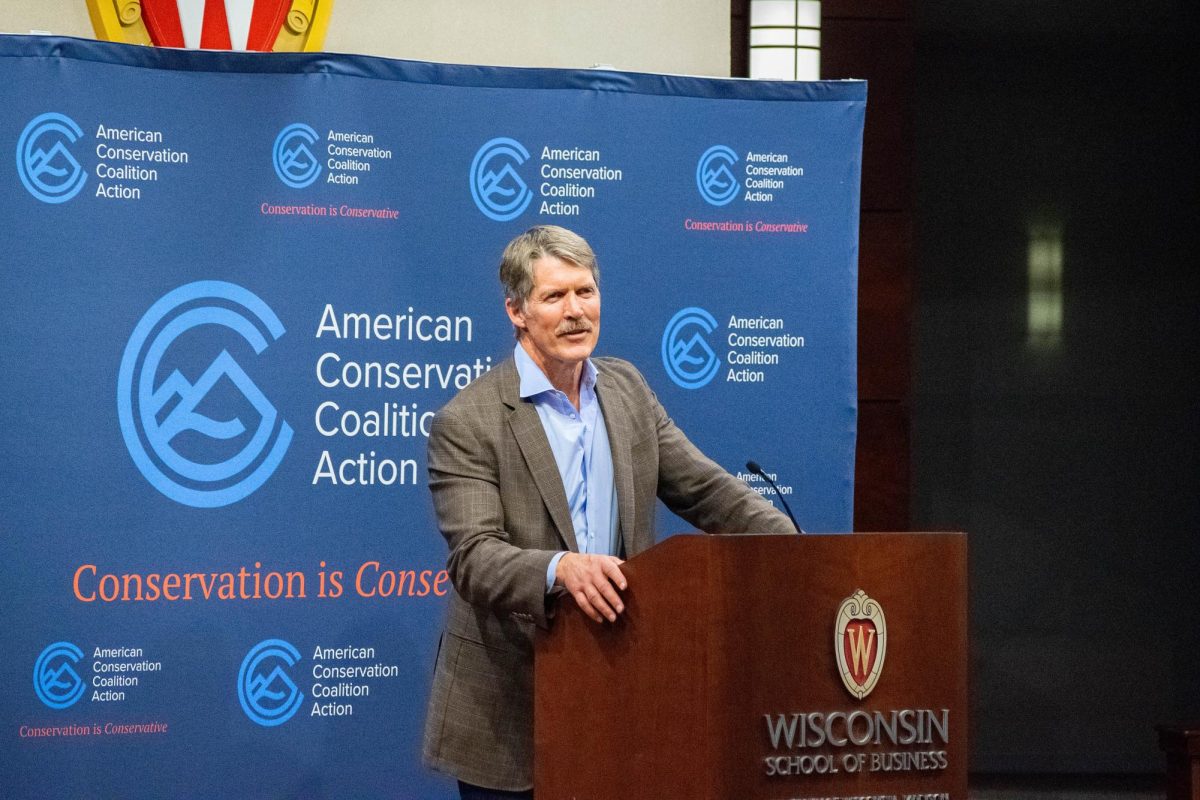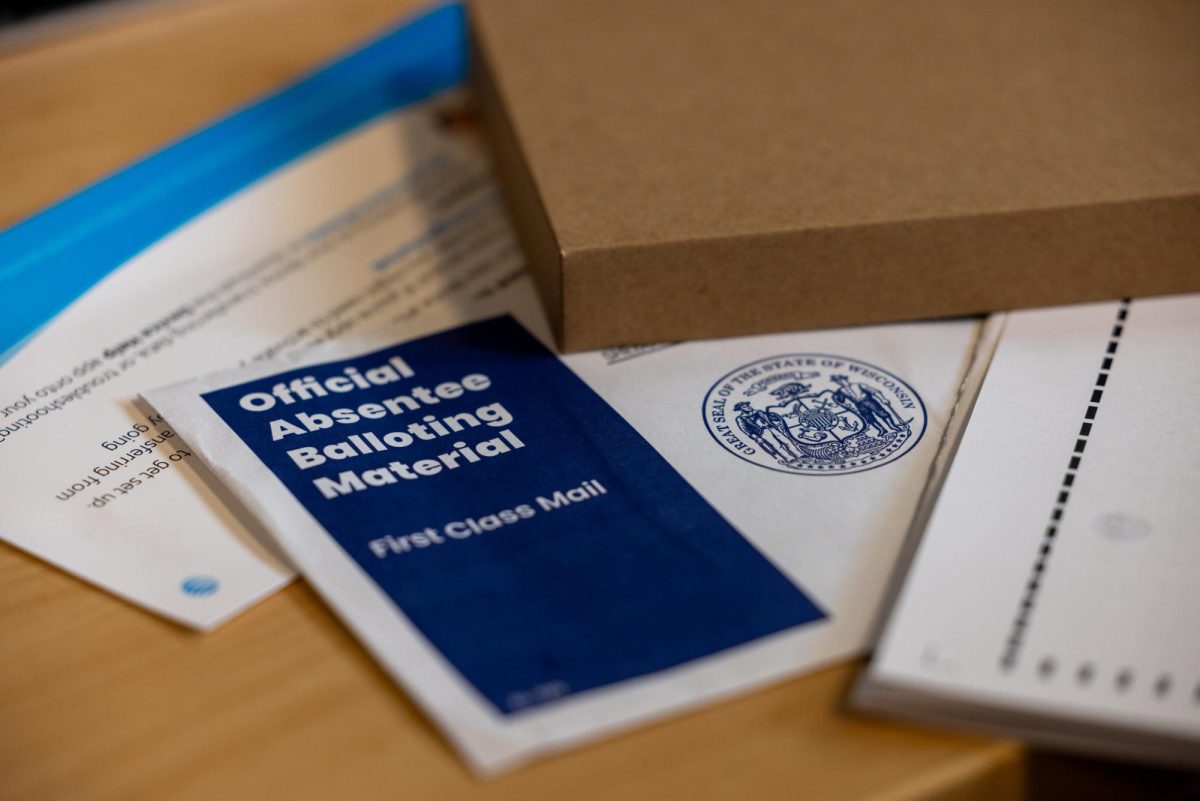Bipartisan legislation proposed in the governor’s special legislative session on jobs would allow for the creation of vocational diplomas for high school students, which would effectively lower mandatory course requirements for graduation.
The bill, currently circulating, was proposed by Gov. Scott Walker and Rep. Mark Radcliffe, D-Black River Falls, would allow high schools to award vocational diplomas by changing graduation standards.
According to the bill, school boards around the state would be able to offer vocational curricula to allow students to graduate without earning the four credits of English, three credits of social studies, two credits of science, two credits of mathematics, one and a half credits of physical education and one half credits of health education currently required by the state.
The Vocational Studies Bill, originally proposed on Oct. 11, is part of the 2011 Special Session and has been referred to the state Committee on Education, which held a public hearing for the bill on Oct. 19, according the the Legislature website.
Manufacturers around the state are advocating for the proposal, which they believe would help develop a more skilled workforce to hire from, James Golembeski, executive director of the Bay Area Workforce Development Board, said.
“I’m getting calls from manufacturers that are looking for technical, skilled workers,” Golembeski said. “Our schools have a college preparatory curriculum when only about 22 to 24 percent of students will actually get a four-year university degree within six years after high school. A vocational curriculum might be more appropriate for a lot of students.”
In Wisconsin, around 30 percent of jobs require a bachelor’s degree, while about 50 percent require a technical degree. The more hands-on approach of a vocational program would be a good option for students wishing to enter the technical field, Golembeski said.
Christina Brey, spokesperson for the Wisconsin Education Association Council, said she is concerned vocational curriculum would not be sufficient and would leave students less prepared to enter the workforce.
“We like to see students enter the work world ready to succeed,” Brey said. “We don’t think that this program will get students there. This approach waters down the academic standards.”
WEAC fully supports vocational education and realizes technical workers are in high demand, Brey said, but believes the proposal would lower the quality of education received by students who enroll in the program.
Instead of creating new vocational programs, Brey said she advocates the strengthening of vocational programs already in place, such as dual-enrollment courses offered by technical schools, which have proven successful in preparing students for technical work.
“Investing in what works would go a long way,” Brey said. “We shouldn’t lessen requirements when the job market is looking for more and more in students.”
Golembeski also believes a well-written vocational curriculum could still give as comprehensive of an education as traditional curriculums.
“A technical diploma just means kids learning in a different way. It’s less abstract, more applied learning,” Golembeski said. “The rigor still has to be there, but I think we can approach learning in a different way. We don’t need to dumb it down, but we do need a new approach.”













